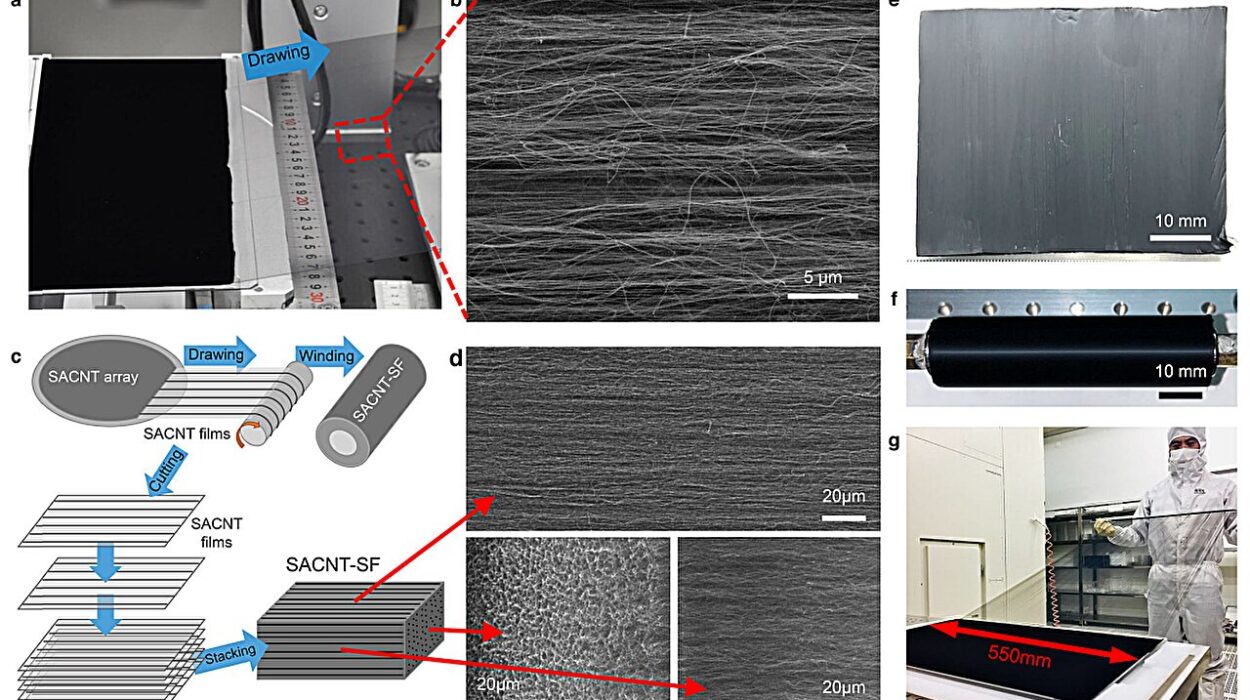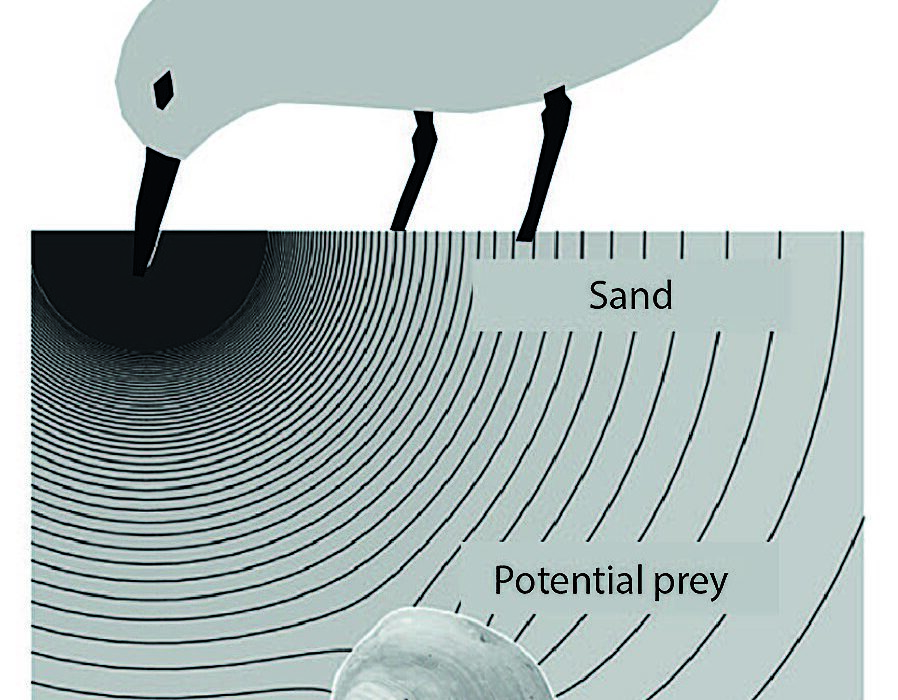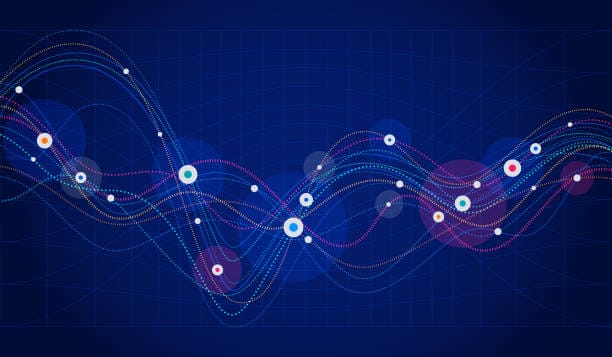There was a time when creating a lifelike image required either a camera lens or the painstaking skill of a painter. Now, a new kind of creator has joined the stage — an artist made not of flesh and bone, but of algorithms and mathematics. Artificial intelligence has become not just a tool, but a partner in the act of visual creation.
The first time someone witnesses a truly realistic AI-generated image, there’s often a moment of disbelief. A stranger’s face, captured in perfect lighting, with every pore, strand of hair, and subtle reflection rendered flawlessly — yet the person does not exist. It is a ghost of pixels, conjured from nothing but data. That tension between truth and illusion is part of what makes this art form so captivating.
To understand how to create realistic AI-generated photos, one must first understand the forces at work beneath the surface. Just as a photographer studies the interplay of light, shadow, and texture, the AI artist must learn the invisible physics of neural networks, training data, and human perception.
The Machinery Behind the Magic
At the heart of realistic AI image creation lies the concept of generative models. In simple terms, these are systems trained to produce new images by learning patterns from vast amounts of existing visual data. Among these, Generative Adversarial Networks (GANs) and diffusion models have been the most influential.
GANs work like a duel between two minds: one generates images (the generator), while the other critiques them (the discriminator). Over countless rounds, the generator becomes increasingly skilled at producing images that fool the discriminator into thinking they’re real photographs. This adversarial process can yield astonishing realism, with textures, lighting, and proportions aligning in ways that feel natural to the human eye.
Diffusion models, a newer class of generative AI, approach the task differently. They begin with random noise — a chaotic static of pixels — and gradually refine it step by step into a coherent image, guided by learned probabilities. This process is akin to a sculptor revealing a statue by removing marble dust, except here, the dust is digital randomness.
Both approaches rely on deep learning, where neural networks with millions (or even billions) of parameters absorb patterns from their training data. They learn how skin catches light, how fabric folds, how shadows deepen under a jawline. Yet, they don’t “understand” these things the way humans do — they capture statistical regularities, not conscious intent. This distinction matters, because the realism of an AI-generated photo is not magic. It is the careful arrangement of learned probabilities into a visual form our brains interpret as reality.
The Role of the Prompt as a Creative Lens
When a painter picks up a brush, they choose colors, strokes, and composition. In AI art, your brush is the prompt — the description you feed to the model. It is your lens, your guide, and your translator. Crafting the right prompt is part science, part poetry.
A vague instruction like “make a realistic portrait” might yield something generic, but a more vivid and precise description can unlock astonishing results. Mention the angle of light, the mood of the scene, the texture of clothing, the depth of focus, the subtle imperfections that make a photo believable.
Consider the difference between asking for “a man” versus “a 42-year-old man with sun-weathered skin, short salt-and-pepper hair, wearing a faded denim jacket, standing under the golden light of a late afternoon sun.” The latter is not just a subject — it’s a story. AI responds to detail with detail.
Prompt crafting is not about overloading the system with adjectives, but about guiding it with a clear mental picture. The more tangible your vision, the more accurately the AI can assemble its digital brushstrokes.
Lighting: The Invisible Sculptor
Realism in photography has always been tied to light. Light shapes faces, defines depth, and breathes life into otherwise flat images. AI-generated photos follow the same principle. The AI may not “see” light as humans do, but it has absorbed millions of examples of how different lighting conditions shape an image.
Soft, diffused lighting can smooth out imperfections and create a gentle, cinematic quality. Harsh, directional lighting can sharpen details and evoke intensity. Backlighting can produce halos and rim lights, giving an ethereal touch. When describing your scene to the AI, mentioning the type of lighting can be transformative.
The subtleties of light — the way it bounces off a wet surface, the warm tones of sunset, the cool blues of shadow — all contribute to realism. In physical photography, capturing these effects requires skill, timing, and sometimes expensive equipment. In AI image creation, it requires precise, thoughtful prompting that gives the model the cues it needs to reproduce such phenomena.
The Imperfections That Make Perfection
One of the uncanny aspects of early AI-generated images was their flawlessness — skin too smooth, teeth too perfect, symmetry too exact. The human eye, however, is suspicious of perfection. Our brains have evolved to notice subtle irregularities: a stray hair, a wrinkle in fabric, a tiny reflection in the eye. These imperfections are what make an image feel real.
When guiding AI, introducing such elements can bridge the gap between simulation and reality. Freckles scattered across a cheek, a shirt slightly wrinkled from wear, a streetlamp casting uneven shadows — these are the details that fool the brain into believing the image was captured, not created.
Even in nature, randomness is part of beauty. No two leaves are identical, no grain of wood perfectly uniform. AI can replicate this organic randomness if instructed carefully, and doing so is often the difference between a picture that feels sterile and one that feels alive.
Textures: The Language of Touch in a Visual World
Texture is the quiet hero of realism. You may not notice it consciously, but your brain registers it instantly. The coarseness of denim, the smooth sheen of silk, the rough grain of weathered wood — each carries an unspoken truth about the object.
AI models trained on high-resolution imagery have learned to mimic these textures, but they need guidance. If your prompt mentions “soft velvet curtains” or “granite countertop with subtle speckles,” the AI draws from its internal library of learned patterns to recreate the tactile feel visually.
The interplay of light and texture is especially critical. A glossy surface will reflect sharp highlights, while a matte surface will scatter light softly. By combining texture descriptions with lighting cues, you can guide the AI toward images that resonate with the tactile realism of photography.
Composition and the Eye’s Journey
Realism isn’t just about detail; it’s about composition — the arrangement of elements in a frame. Human photographers spend years mastering how to guide the viewer’s eye through an image. AI can produce stunning compositions, but only if the prompt or settings hint at them.
Leading lines, balanced symmetry, and strategic use of negative space all contribute to the authenticity of a scene. An AI-generated photo where the subject is perfectly centered under a softly glowing streetlight, with blurred figures in the background, will feel more believable than one where elements are haphazardly placed.
By specifying camera angles, focal lengths, and depth of field in your prompt, you can mimic the language of photography. Words like “shot on a 50mm lens” or “shallow depth of field” tell the AI to emulate the optical characteristics of real cameras, anchoring the image in photographic logic.
Post-Processing: The Digital Darkroom
Even in traditional photography, the captured image is rarely the final product. Photographers tweak exposure, color balance, and contrast to bring their vision to life. AI-generated photos benefit from the same treatment.
After generating an image, subtle adjustments in editing software can enhance realism. Slight noise, grain, or color grading can make an image feel more “photographic.” Removing overly sharp edges, adjusting skin tones, and balancing shadows with highlights can bridge the final gap between an impressive render and a convincing photograph.
This stage is also where you can correct minor AI artifacts — odd fingers, inconsistent reflections, or unnatural blurring. While AI has advanced enormously, it is not immune to mistakes, especially in complex compositions. Post-processing ensures that the final image meets the standards of both artistry and believability.
Ethical Considerations in Synthetic Realism
With great realism comes great responsibility. The ability to create photographs of people who do not exist, or to alter images in ways indistinguishable from reality, raises profound ethical questions.
In journalism, realism implies truth, but AI images can fabricate events or individuals with convincing accuracy. This makes it essential to disclose when an image is AI-generated, especially in contexts where truth matters. Misuse can erode trust in visual evidence, a cornerstone of human communication.
There’s also the question of training data. Many AI models learn from vast collections of real images scraped from the internet, often without the explicit consent of the photographers or subjects. As AI tools become more widespread, creators must grapple with the moral implications of how their models are trained and used.
The Human Touch in the Machine’s Vision
Despite the sophistication of AI, it is not an autonomous artist. It is a collaborator, shaped by the intentions, creativity, and ethical choices of its human partner. The realism of an AI-generated photo is as much about the human guiding it as it is about the algorithm itself.
Like a seasoned photographer waiting for the perfect moment, the AI artist waits for the perfect combination of words, settings, and adjustments. The machine can provide the brushstrokes, but the vision, narrative, and emotional resonance come from us.
The journey to creating realistic AI-generated photos is not merely technical — it’s deeply human. It is about understanding how we see, why we believe, and what stirs us when an image feels alive. In blending the precision of science with the messiness of art, we find a new form of expression that is both thrilling and humbling.
The Road Ahead
The tools will keep evolving. AI models will grow more powerful, capable of rendering not just static images, but entire dynamic scenes with cinematic realism. The line between photography and synthetic imagery will blur further, challenging our definitions of authenticity.
But the essence of realism will remain the same: light, texture, composition, and story. Whether captured through a lens or conjured from code, the images that move us will always be the ones that make us feel we have glimpsed a moment that truly existed — even if it never did.






